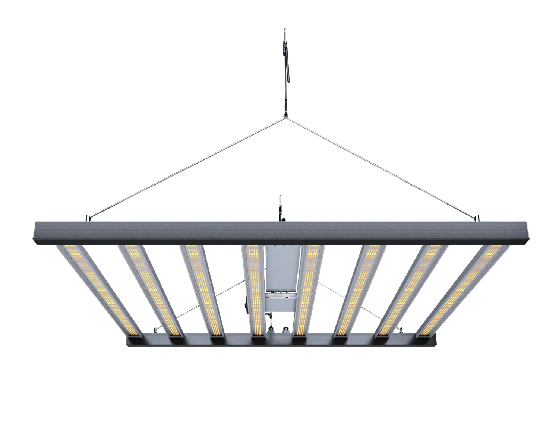
Our PS-GROW series grow light is designed for indoor and greenhouse cultivation, and vertical farming. The lights can be used for all phases of growth as they are dimmable, programmable, and individually controllable. It effectively supports photosynthesis while offering dynamic spectrum control where specific spectral ratios can be created to direct plant growth and promote healthy plant development.
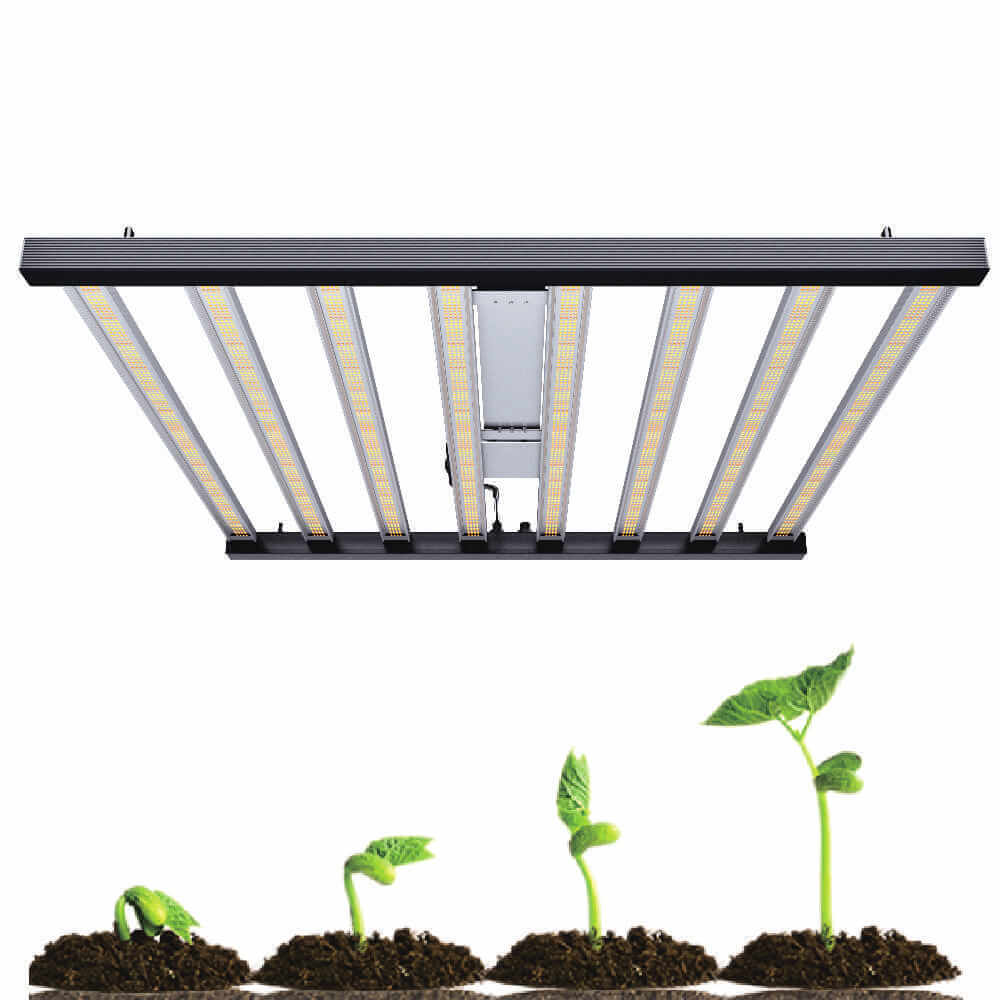
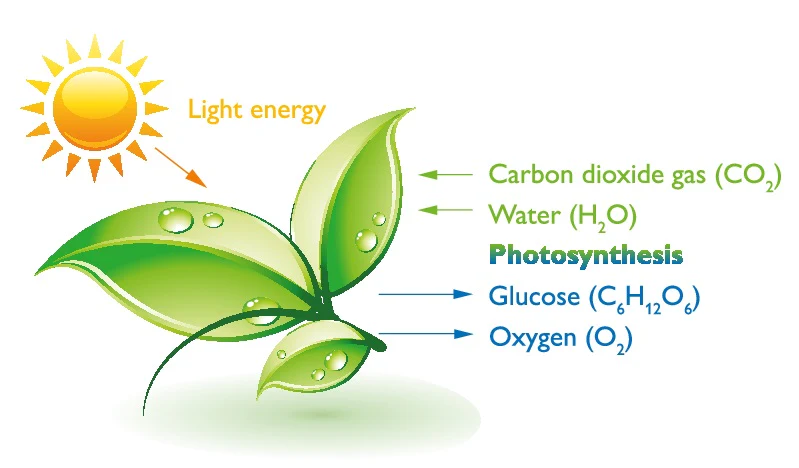
Natural sunlight is the cheapest source available, but for horticulture it is not always attainable in sufficient quantities. The use of artificial light has become very common to increase production and quality. All plants, including those flowering, fruiting, and vegetable plants, are strongly influenced by the particular spectrum of light they receive.
Farmers have relied on sunlight for years to deliver the perfect recipe. However, today’s lighting technology can provide what plants need most without help from mother nature, especially in vertical farming facilities where natural lights are hard to get.
LED lighting can significantly increase crop production efficiency through lighting control. LED grow lighting systems are well-suited to provide the most appropriate light for each phase of growth and type of plant, from seedling to flowering to fruiting.
LED lighting provides optimal levels of Photosynthetically Active Radiation (PAR)-the photons that promote growth and yield without wasting energy to produce photons not efficiently used by the plant. The optimum spectrum for plants includes wavelengths of light in the blue and red regions of the spectrum.
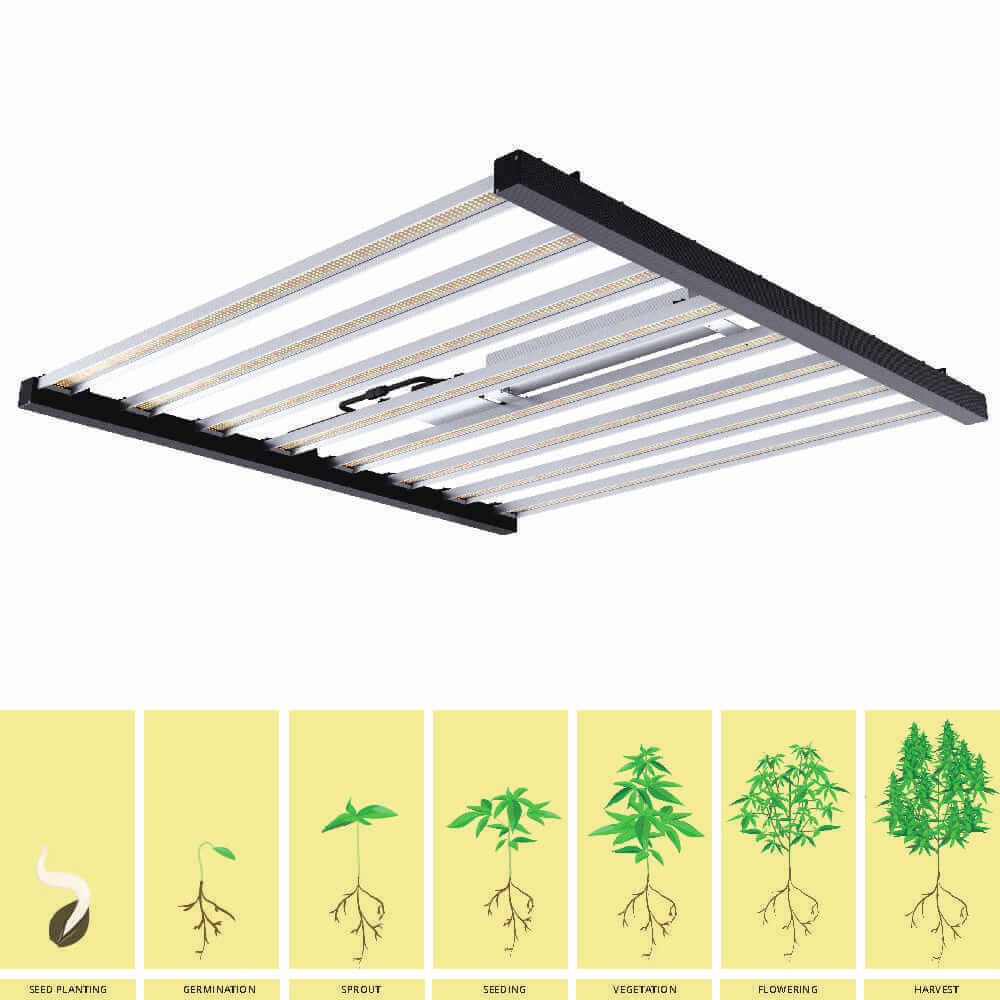
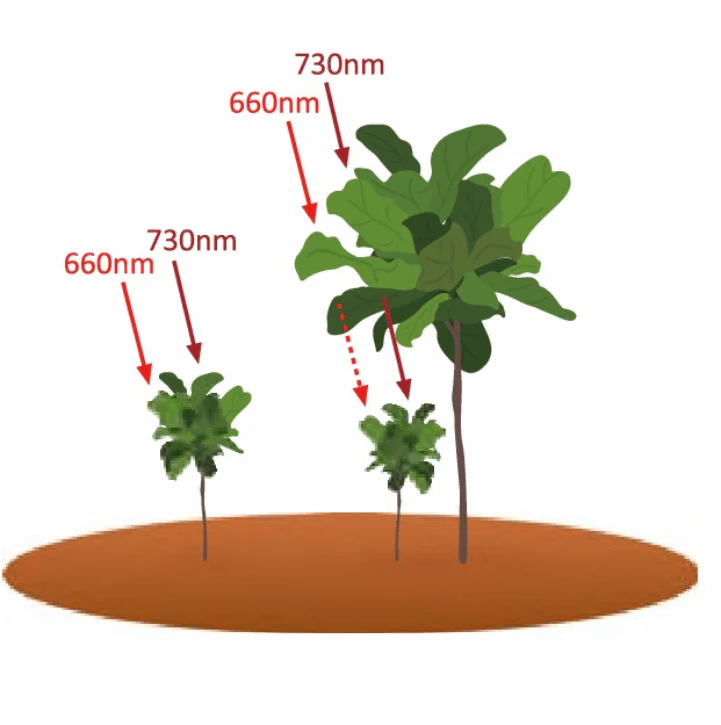
The shade escape reaction
One of the most obvious influences of far-red light on a plant is the shade escape reaction.
llumination with 660nm:
If the plant is illuminated mainly with 660nm it feels like illuminated in the direct sun and grows normally
lllumination with 730nm:
If the plant is illuminated mainly with 730nm, it feels like growing in the shadow of another plant that shades the sunlight. Therefore the plant is reacting with an increased length of growth to escape the shadow. This leads to taller plants but not necessarily to more biomass.
|
Model
|
Watt
|
Voltage
|
Effi.
|
PPF
|
IP
|
Dimension
|
|---|---|---|---|---|---|---|
|
PG640FE
|
640W
|
100~277V
|
2.7 umol/s/w
|
1728 umol/s
|
IP54
|
1110*1098*80
|
|
PG720FE
|
720W
|
100~277V
|
2.7 umol/s/w
|
1944 umol/s
|
IP54
|
1110*1098*80
|
|
PG960FE
|
960W
|
100~277V
|
2.7 umol/s/w
|
2592 umol/s
|
IP54
|
1110*1098*80
|



Add more daytime light, boosting existing light levels and increasing growth and yield.
Extend the growth cycle. Switch on at dusk for non-daylight illumination. Utilize all winter long.
Substitute as a complete lighting solution for indoor grow rooms and biological research facilities.
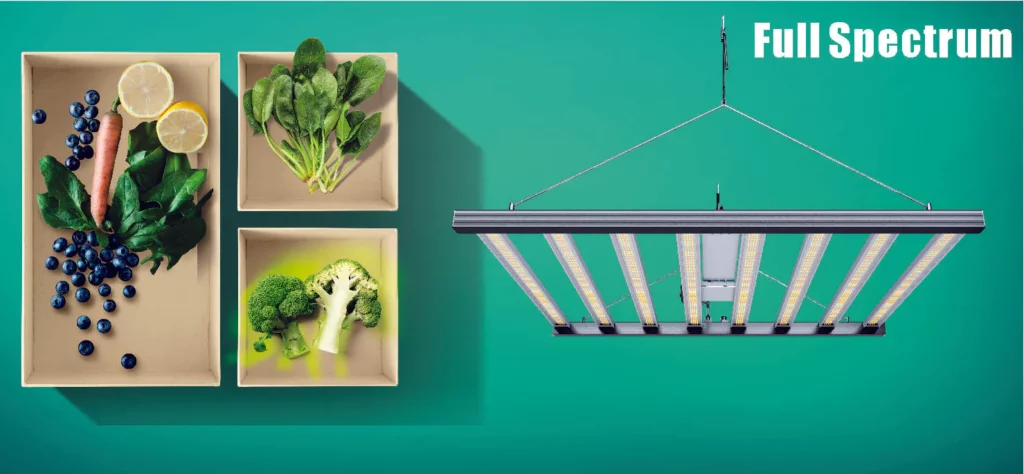
In high-pressure sodium (HPS) light cultivations, flower development may be related to the temperature of the canopy, as well as other factors. We generally see top-heavy flower development within the canopy usually to a depth of 24-36″ lately boosting yields and saving electricity.
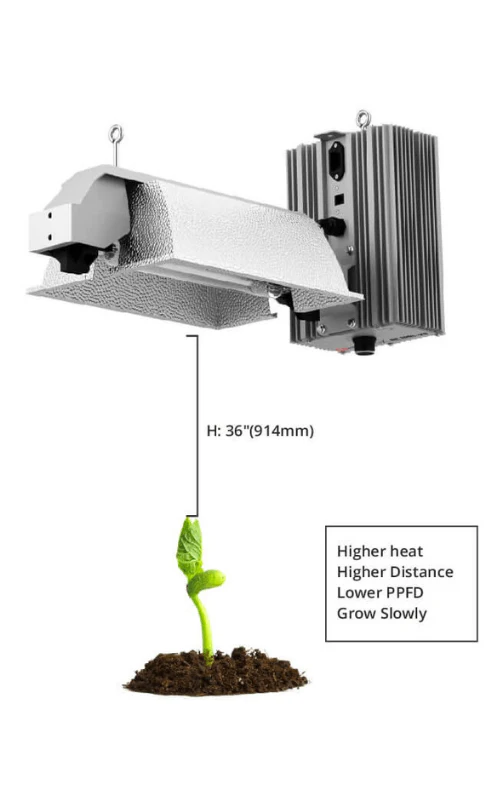
HPS lights were once the most efficient, longest-lasting solution. Now LED is the newest generation of lighting technology in the horticultural field. It achieves the same horticultural lighting requirements with much higher efficiency and additional functionality. LEDs have advanced to produce 50% less electricity, release much less heat, are more stable over time and are not hazardous to the environment.
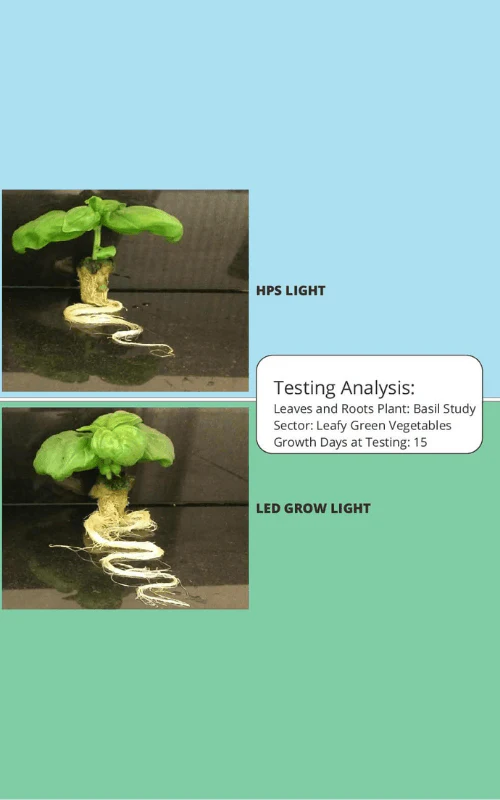
With our LED fixtures, this floral morphology becomes less distinctly “top-heavy”, as flowers develop more evenly across the vertical crop profile, creating the opportunity for greater total yield. Flowers grown under the LEDs see less variance in plant structure with up to 3feet of consistent development compared to 24-36″ seen with HPS.
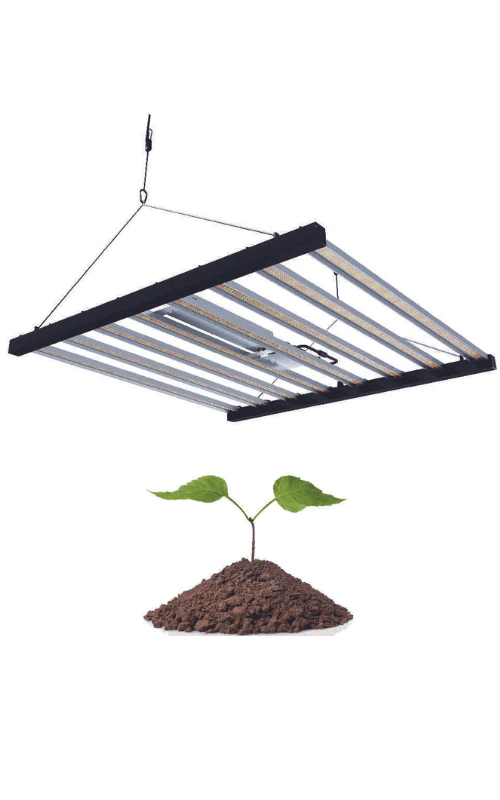
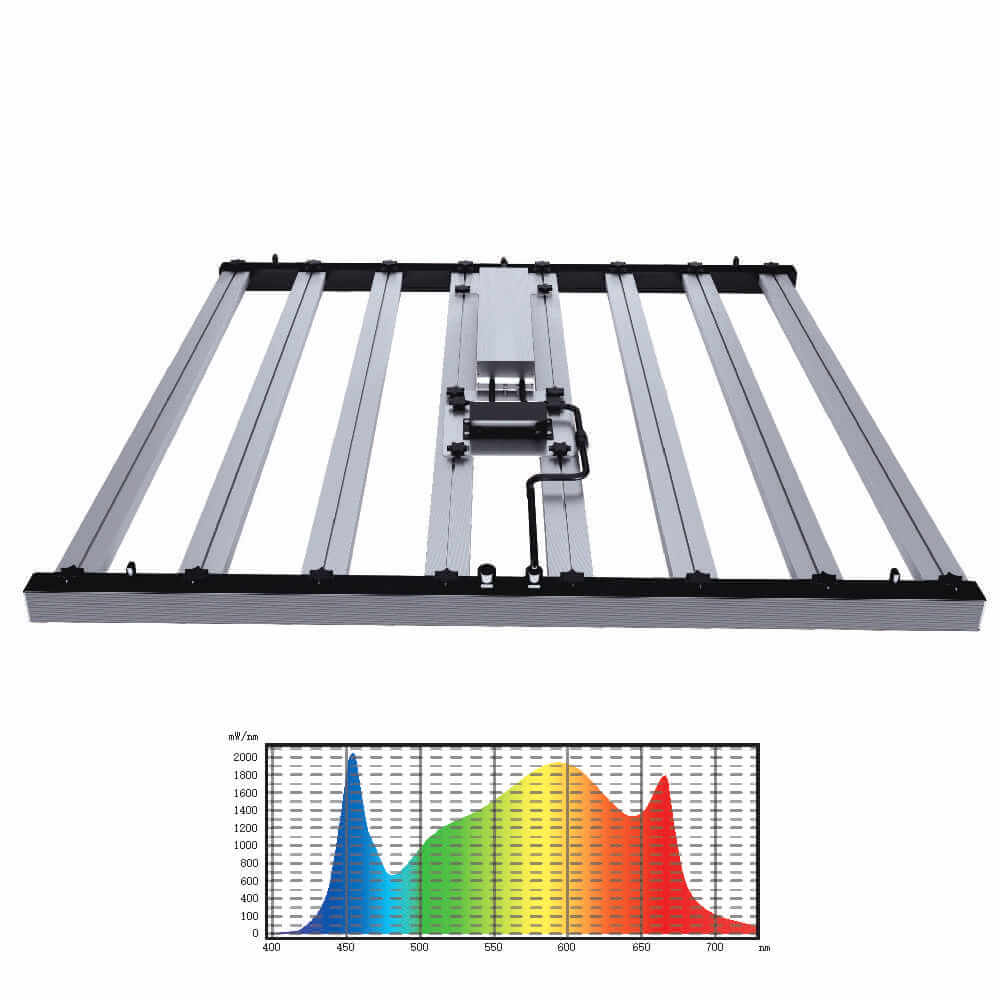
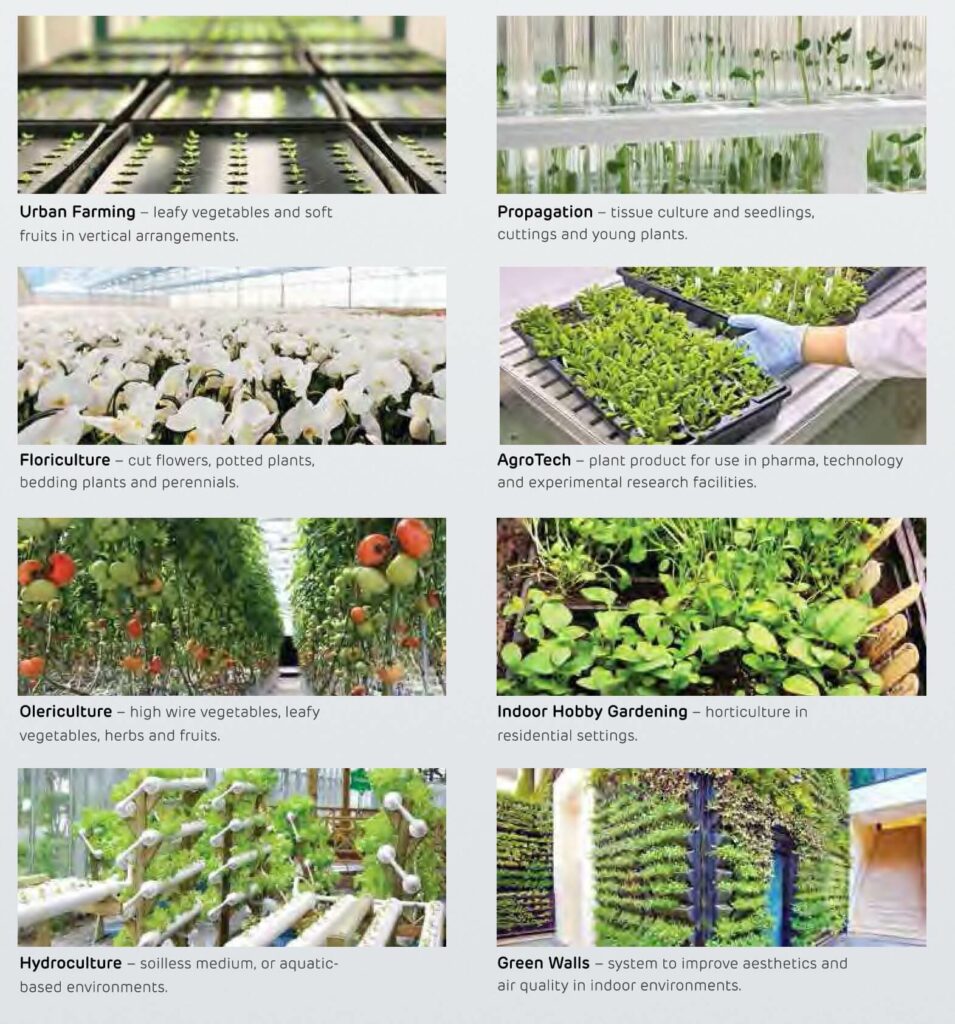

We’ll be more than happy to help!
Feel free to contact us at:
hello@polarislight.com